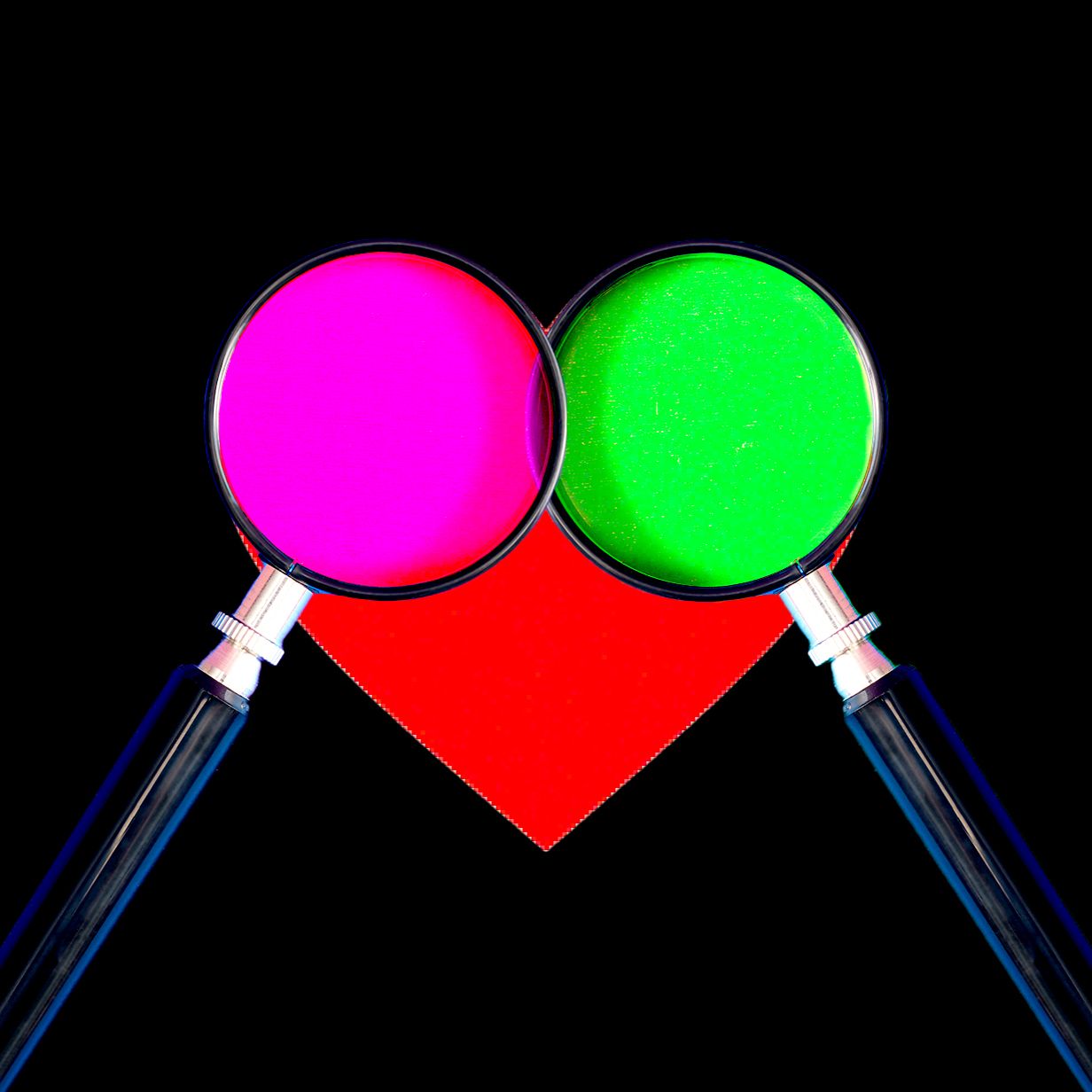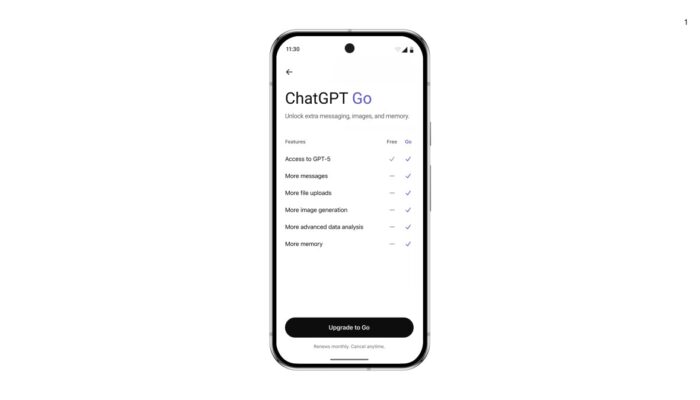Imagine, for a moment, that your most clandestine internet searches—anxiety-riddled deep dives on WebMD, Google queries wondering if your cat is trying to kill you, or why farts smell the way they do—were the key to finding a soulmate. Would you sign up for a dating site that guaranteed connection in return for your browser history?
For more than a decade, developers have tried to perfect the science of compatibility. Tinder promised infinite swipes. Bumble let women make the first move. Feeld championed polyamory. Grindr was a gay utopia (until it became overrun with ads). Lex was entirely text based. And Pure, an anonymous dating app, was all about shameless hookups. Now as AI reimagines the landscape of Big Dating, one platform is offering a solution no one asked for: matching singles based on their browser histories.
While the idea sounds antithetical to an era where dating and social media profiles writ large are perfectly curated, that’s exactly the point, according to Browser Dating artist and developer Dries Depoorter, who is known for creating digital projects with an eye for mischief that blur the line between reality and farce. (He insists the dating site is 100 percent legit.)
“There’s honesty in that,” Depoorter, who is based in Ghent, Belgium, says of the concept.
Despite their flaws, dating sites and apps also remain the best place to meet future partners (if you’re young and horny they are mostly unavoidable). According to Pew Research, 42 percent of US adults say online dating made finding a partner easier.
But online dating today has become more about the illusion of potential rather than the reality of who someone actually is. But the attraction of discovery—believing our private curiosities make for a better portrait of who people actually are—appealed to Depoorter. He thinks Browser Dating can be a genuine alternative to finding genuine love.
As opposed to Hinge or Raya, where users craft their profiles with expertly angled-photos and facts cherry-picked to make themselves seem as witty and interesting as possible, on Browser Dating, there is no hiding the real you. “Instead of choosing the best pictures or best things about yourself, this will show a side of you that you’d never pick. You’re not able to choose from your search history—you have to upload all of it.”
Though, for now at least, users of Browser Dating have a small pool to choose from—less than 1,000 users have signed up since its launch last week. Users are first required to download a Chrome or Firefox extension, which they use to export their recent browser history and then upload to the site. Profiles feature the usual bare outline of a person: age, location, gender, and sexual preference. A browsing personality profile is also generated for each user, offering insight into how they navigate the internet. Matches are not limited by location, though Depoorter says there is an option to restrict search by state or country, if they so choose. Once matched, you won’t see the other person’s search history, only a summary of “fun facts” about shared interests—perhaps pointing out your bizarre Wikipedia obsession with the “dancing plague” or the time of day you’re most active online—which is meant to accentuate the harmonies of your online behaviors.
Unlike most dating apps, which charge monthly or annual fees for their paid tiers, there is only a one-time payment of €9 to sign up granting users unlimited matches; a free option limits users to five matches. Depoorter says he doesn’t want to exploit users by having them pay on a recurring basis. When I suggest that that kind of pay model is mostly unheard of today, he pushes back. “I’m an artist, I like to do things differently.”
Early reviews and reactions have been mixed. “Super weird,” one app developer noted on X.
“This is the wildest idea,” said another user on Product Hunt. “I love the audacity.”
“Good to see the privacy focus from the start given how sensitive some of this data might be,” a programmer posted on Bluesky.
The biggest concern for users—justifiably so—is around privacy and user safety, and given the amount of personal data the Depoorter is asking people to fork over, those issues are also on his mind. The site scans up to 5,000 recent browser searches or goes back as far as search history is stored, which could be several years, but never exceeds the maximum number of entries. (Browsing data from Incognito mode sessions cannot be uploaded). Depoorter uses Firebase, Google’s open-source tool for developing AI apps, to store and manage data.
“It’s not exposed to the internet.” Depoorter says of the AI processing, which he says happens locally. “I don’t want to expose any browser history to another company.”
Already there have been complaints of lagging email verification and the site not allowing users to delete their profile; Depoorter says he has since fixed these issues. Browser Dating doesn’t currently allow for the uploading of photos, but Depoorter is working to change that, and says he plans to implement more features in the coming months, including an app for easier communication between connections and a recommendation feature that suggest possible first date locations.
The idea originally came to Depoorter in 2016 at V2, an experimental art and tech center in Rotterdam. He was hosting a workshop that explored unique connections between attendees who were familiar with his work and who agreed to share a year’s worth of their search history.
The nature of Depoorter’s art as a digital provocateur has sought to interrogate the subtext of hidden connections, taking a “critical and humorous” approach to some of the most urgent questions of his generation. Surveillance, AI, machine learning, and social media are recurring themes across his explorations. “Difficult subjects,” he says when we speak over Zoom. “But there is no big message. I want to leave that open. If anything, I want to show what is possible with technology in a playful way.”
In 2018, in a series titled “Jaywalking,” he turned live surveillance feeds into video art, forcing viewers to confront the use of public data as a means of privacy invasion. He followed that with Die With Me, a chatroom app that could only be accessed when your phone had less than 5 percent battery life; though Depoorter is quick to reject definitive interpretations of his art, it read as a comment on the value of time and how we choose to use it when one knows it’s running short. For those who can look beyond the shock of Brower Dating’s initial conceit, the question is also an urgent one: What if the curiosities we try so hard to conceal are actually the things that can bring us together?
Depoorter, 34, doesn’t claim to be any kind of dating guru. “I’m not a specialist,” he tells me. He surfed Tinder in the app’s early days but has been with his partner for 10 years. He promises that despite his work as an artist, the site is not a gimmick, and he wants to continue to scale. Already people have suggested that it might work better for matching potential friends rather than romantic partners. Depoorter anticipates there will be hurdles but doesn’t sugarcoat them; he is aware of just how difficult it may be to onboard users hesitant to share their personal anxieties and desires.
“Either people are fans of the idea or they are not,” he says. “There is no convincing them.”




